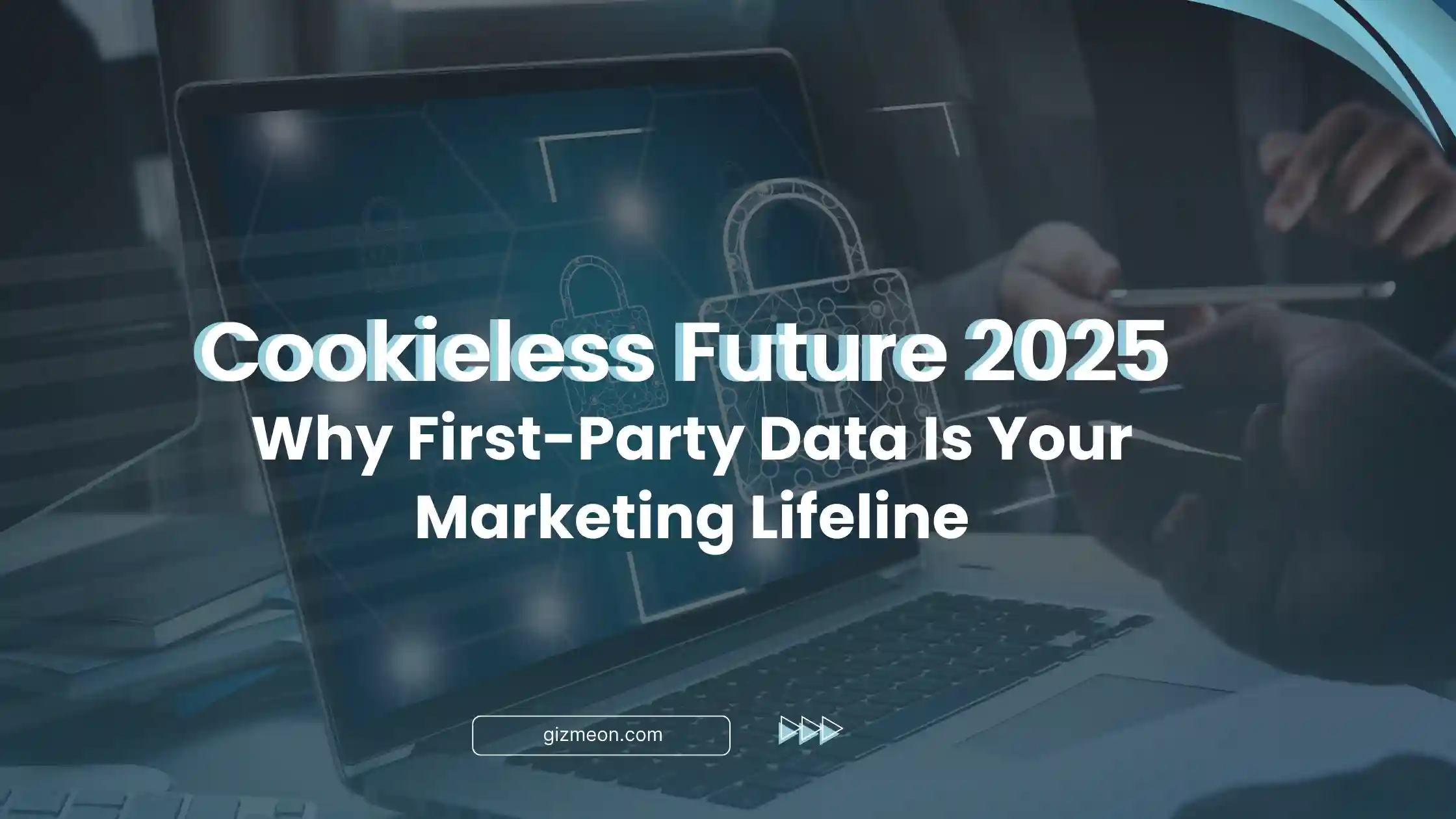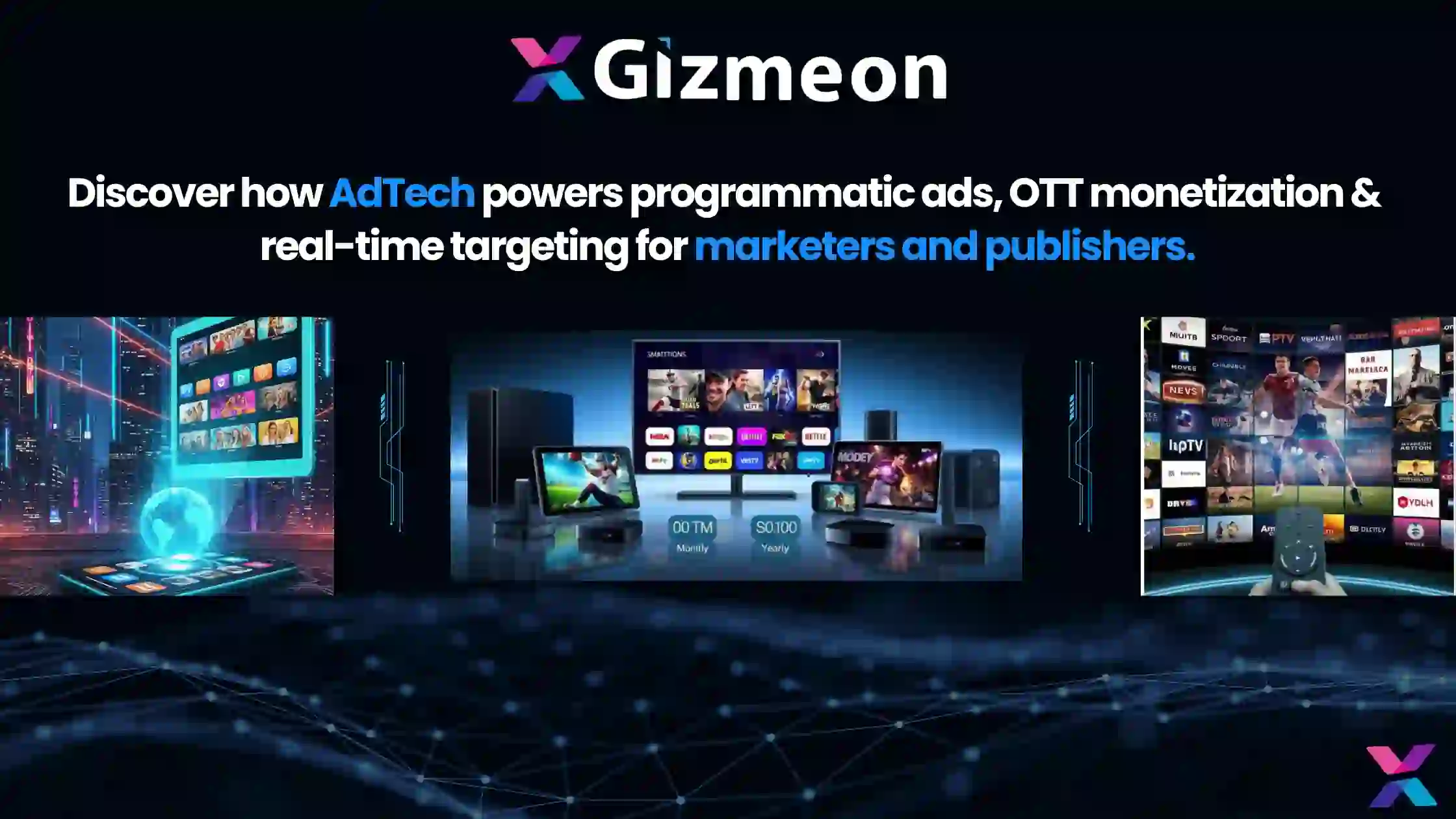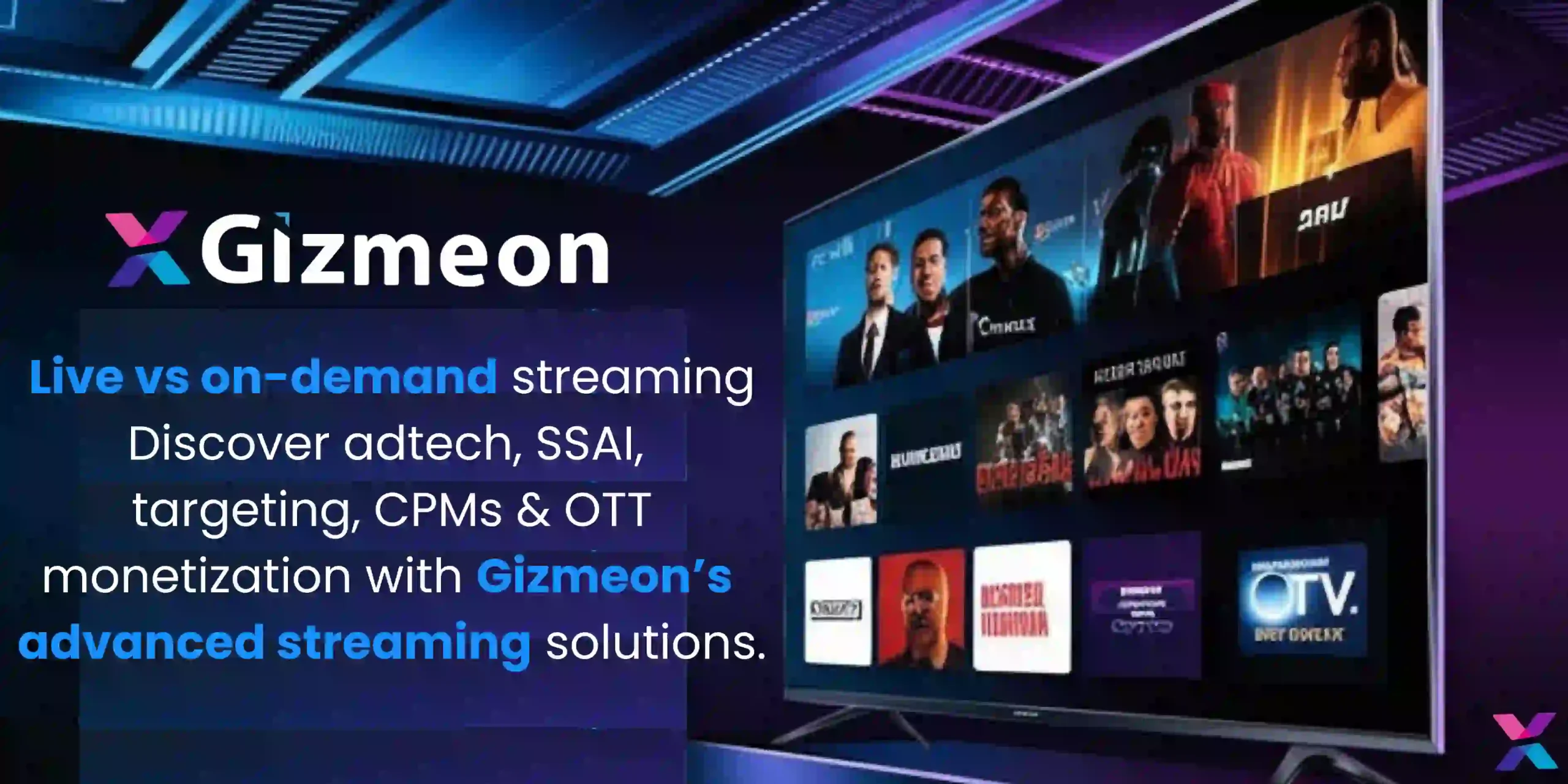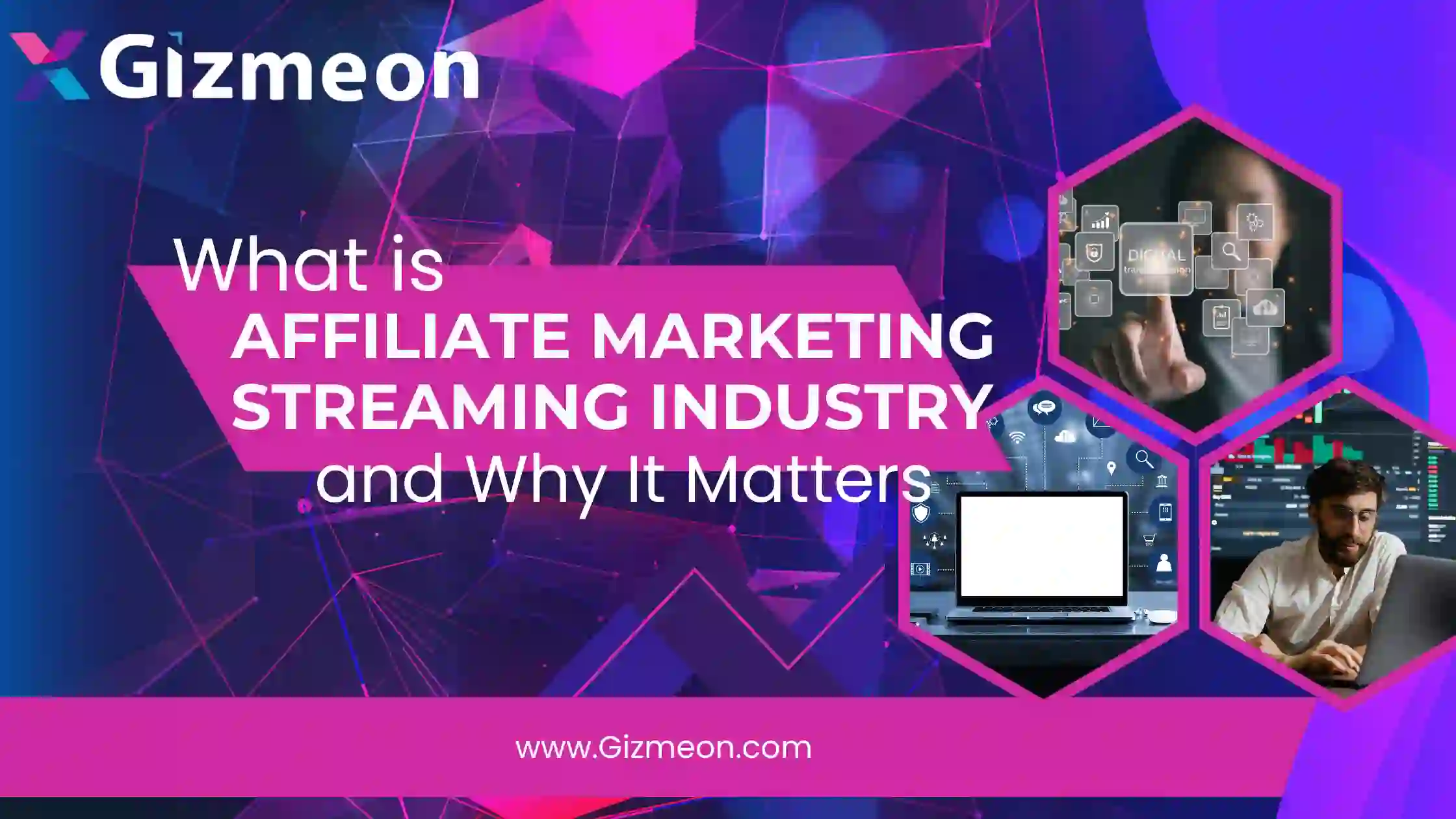Cookieless Future 2025: Why First-Party Data Is Your Marketing Lifeline
In today’s digital-first world, first-party data has become the foundation of sustainable marketing strategies. As privacy laws tighten and third-party cookies phase out by 2025, businesses must rethink their approach to customer engagement. According to Gartner, nearly 80% of marketers will rely primarily on first-party data within the next two years. This shift is not just a necessity but also an opportunity to build trust, deliver personalization, and create long-term business growth.
privacy laws tighten and third-party cookies phase out by 2025, businesses must rethink their approach to customer engagement. According to Gartner, nearly 80% of marketers will rely primarily on first-party data within the next two years. This shift is not just a necessity but also an opportunity to build trust, deliver personalization, and create long-term business growth.
What is First-Party Data?
First-party data refers to the information a business collects directly from its customers, prospects, and website visitors. This includes:
-
- Website interactions – page visits, clicks, form submissions, downloads
- Mobile app engagement – in-app activity, user preferences
- Purchase history – transactions, cart data, average order value
- Newsletter and email subscriptions – open rates, click-throughs
- Customer feedback – surveys, polls, and reviews
- Social media engagement – interactions with brand-owned accounts
Unlike third-party data, which comes from external aggregators, or second-party data, which is shared between partners, first-party data is owned by the business itself. This makes it more accurate, trustworthy, and privacy-compliant.
Why First-Party Data Matters in a Cookieless World
The cookieless future is already reshaping digital marketing. With browsers like Safari and Firefox blocking cookies and Google Chrome phasing them out by 2025, brands can no longer rely on external targeting.
Currently, over 70% of digital advertisers depend on third-party cookies for behavioral targeting. Without a strong first-party data strategy, many businesses risk losing customer insights and advertising effectiveness.
Here’s why first-party data is crucial:
-
- Privacy compliance: Customers consent to share their data, aligning with GDPR and CCPA regulations.
- Accuracy and reliability: Data reflects actual customer behavior and preferences.
- Deeper engagement: Enables personalized communication and stronger relationships.
- Cost-effectiveness: Reduces reliance on expensive third-party providers.
- Competitive advantage: Early adopters of first-party data gain a stronger foothold in the market.
By 2026, it’s estimated that 90% of companies will adopt first-party data strategies to stay competitive.
How to Collect First-Party Data
Creating a robust first-party data collection plan requires multiple strategies that balance user value and privacy. Here are the most effective approaches:
-
- Website & App Analytics
Use tools like Google Analytics 4 (GA4) to track customer interactions. GA4 is built for the cookieless era and offers event-based tracking for deeper insights. - Email & Newsletter Sign-Ups
Offer value-driven incentives such as exclusive guides, discounts, or early product launches to encourage sign-ups. - Loyalty Programs
Create customer rewards systems that provide perks for repeat purchases. These programs foster loyalty and deliver insights into long-term buying patterns. - Surveys, Polls, & Feedback Forms
Customers appreciate when their feedback influences products or services. This data is often qualitative but invaluable for refining strategies. - Social Media Engagement
Use polls, contests, or direct engagement to gather behavioral insights from your active community. - Interactive Content
Quizzes, product finders, and calculators not only enhance engagement but also capture preferences and needs. - Transactional Data
Analyze purchase patterns to understand frequency, average spend, and product interest.
- Website & App Analytics
How to Use First-Party Data Effectively
Collecting data is only half the journey. The real value comes from applying these insights across marketing strategies.
-
- Personalized Marketing Campaigns
Segment audiences by behavior, purchase history, or preferences. Personalized campaigns powered by first-party data can improve ROI by up to 30%. - Customer Journey Optimization
Use data insights to streamline navigation, checkout, and recommendations on websites or apps. - Retention & Loyalty Building
Identify high-value customers and create exclusive offers or experiences tailored to them. - Predictive Analytics
Leverage machine learning to forecast future customer actions, churn risks, or product demand. - Cross-Channel Marketing Integration
Combine website, app, email, and social data to create unified customer profiles. This ensures messaging remains consistent across platforms. - Content Personalization
Deliver content tailored to specific interests, boosting engagement and conversions.
- Personalized Marketing Campaigns
Synonyms & Related Keywords for Broader Reach
To maximize discoverability and SEO impact, brands should target related keywords and synonyms such as:
-
- Customer data strategy
- Zero-party data
- Privacy-first marketing
- Data-driven personalization
- User insights
- Audience targeting without cookies
These related terms align with trending search queries and help the blog rank for a wider range of searches.
The Role of Gizmeon in First-Party Data Strategy
At Gizmeon, we specialize in helping businesses harness the full potential of first-party data. Our services include:
-
- AI-powered personalization for streaming and digital platforms
- Advanced analytics to transform raw data into actionable insights
- OTT platform solutions that thrive on customer data
- Predictive modeling to anticipate customer behavior and improve engagement
Whether you’re a brand looking to personalize customer journeys or a streaming platform aiming for deeper engagement, Gizmeon provides the tools and expertise needed to excel in the cookieless future.
Future Trends & Projections
Industry forecasts indicate that:
-
- By 2025, third-party cookies will be fully phased out.
- By 2026, nearly 90% of digital marketers will adopt first-party data strategies as their primary approach.
- Businesses that invest early in first-party data strategies can increase customer retention rates by 25% or more.
These numbers highlight the urgency for brands to act now and adopt privacy-first, data-driven marketing strategies.
Final Thoughts
First-party data isn’t just a replacement for third-party cookies; it’s a more powerful and future-proof asset for businesses. By collecting and using this data responsibly, companies can:
-
- Build trust through transparency and privacy compliance
- Create highly personalized and engaging customer experiences
- Gain long-term growth through predictive insights and loyalty programs
The cookieless future is here. Businesses that take action today will be tomorrow’s leaders. With Gizmeon and Gizmott – an advanced OTT platform service provider powered by Gizmeon – as your trusted partners, you can transform first-party data into sustainable growth, actionable insights, and meaningful customer connections. Together, they empower businesses to thrive in the cookieless future with innovation, privacy-first strategies, and customer-centric solutions.




